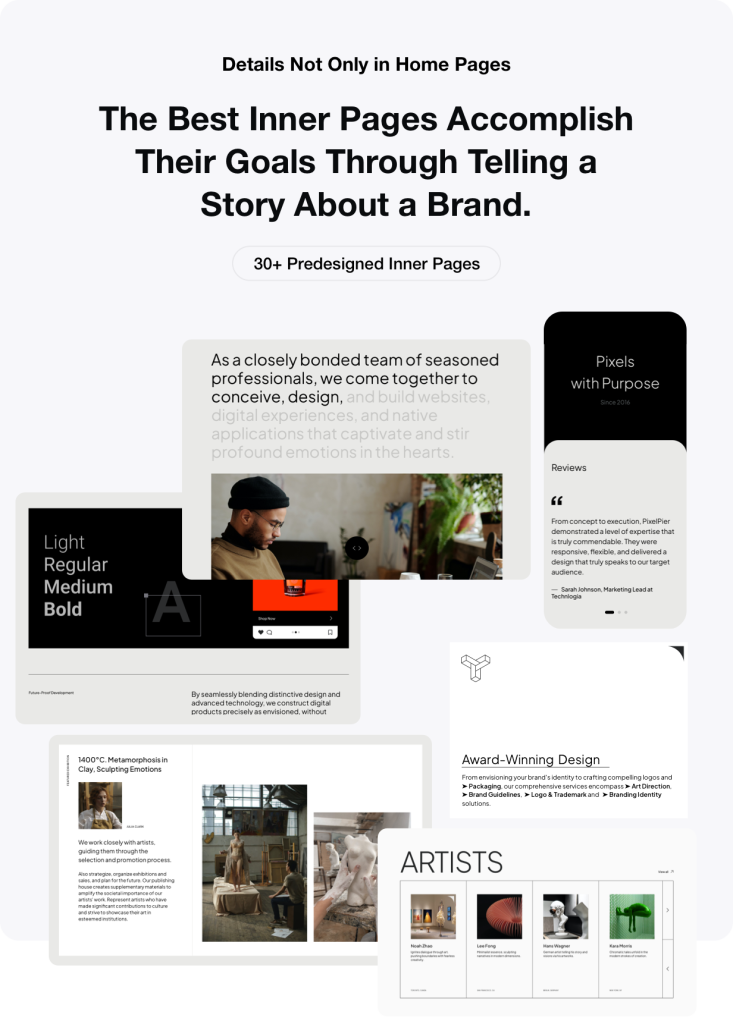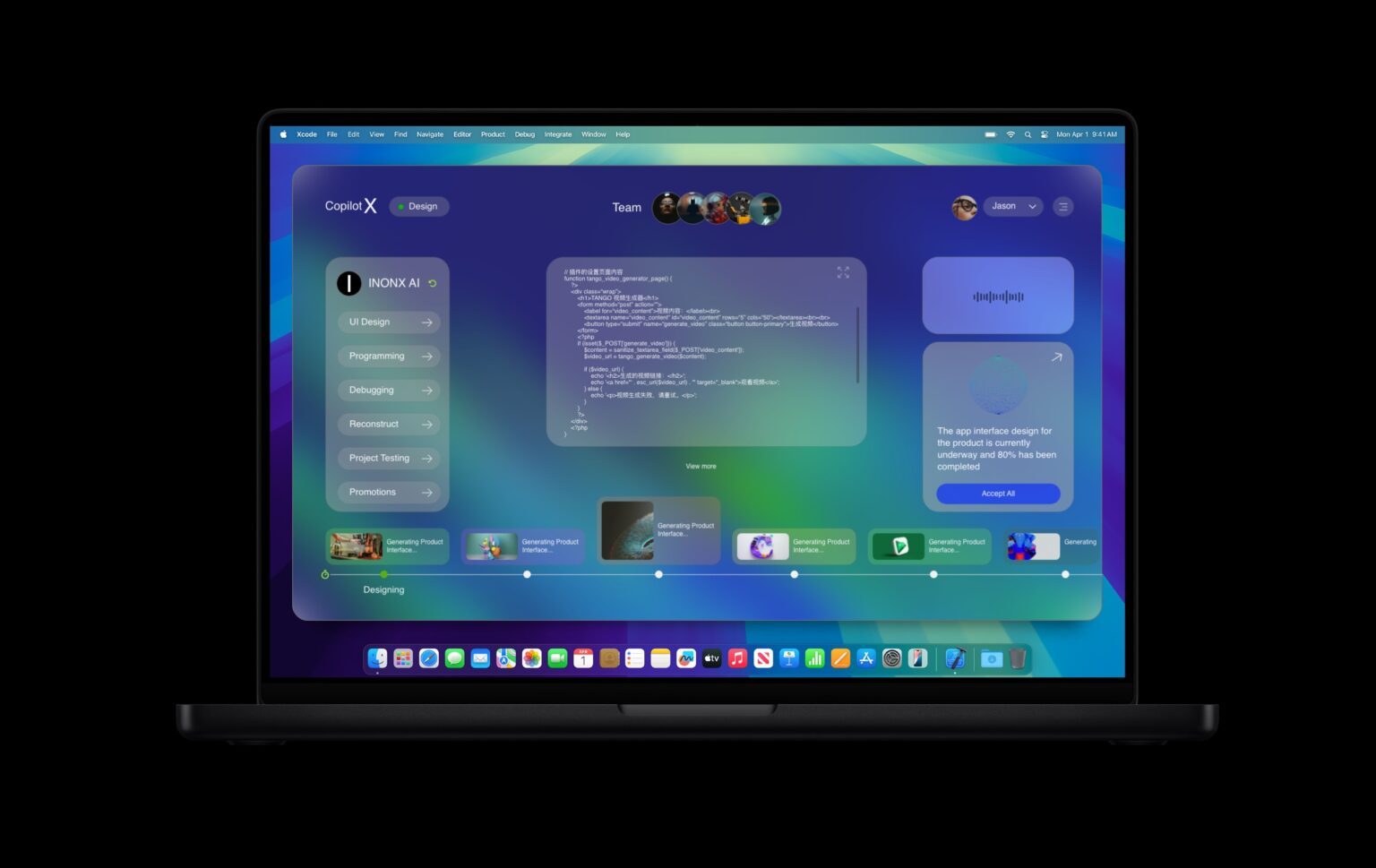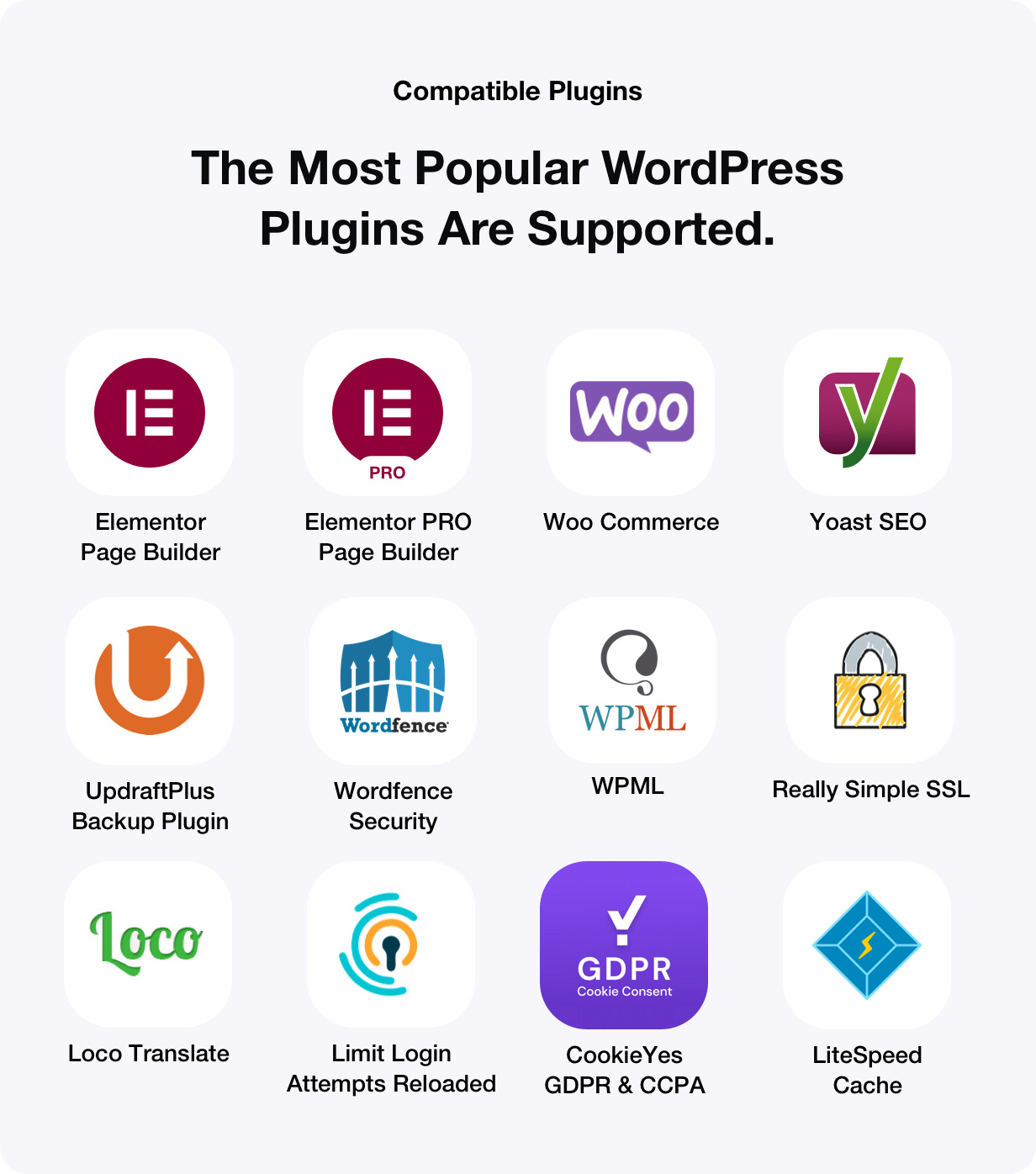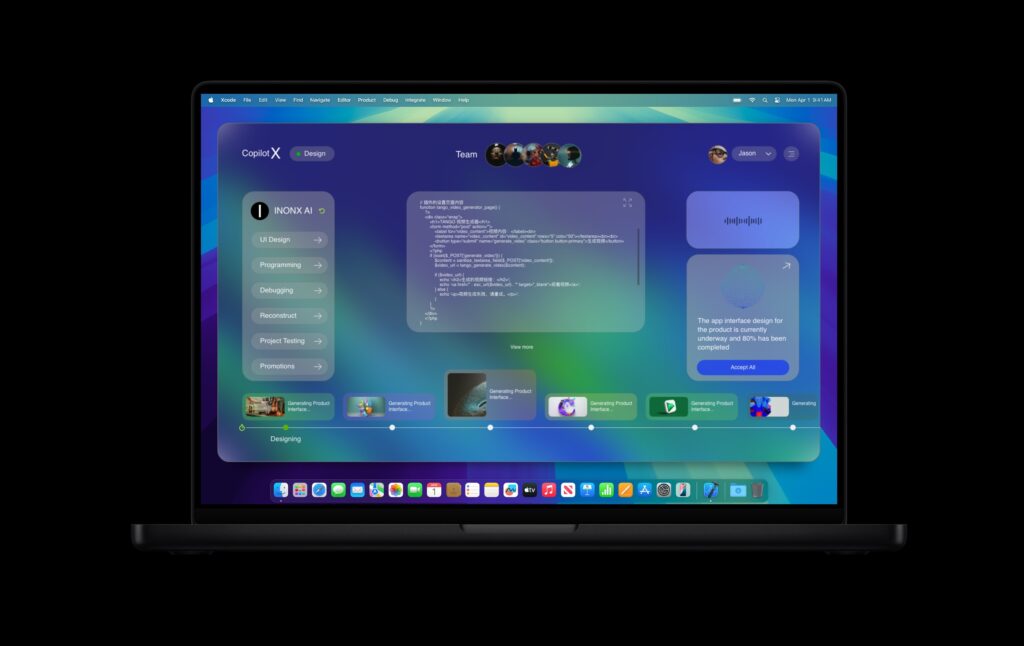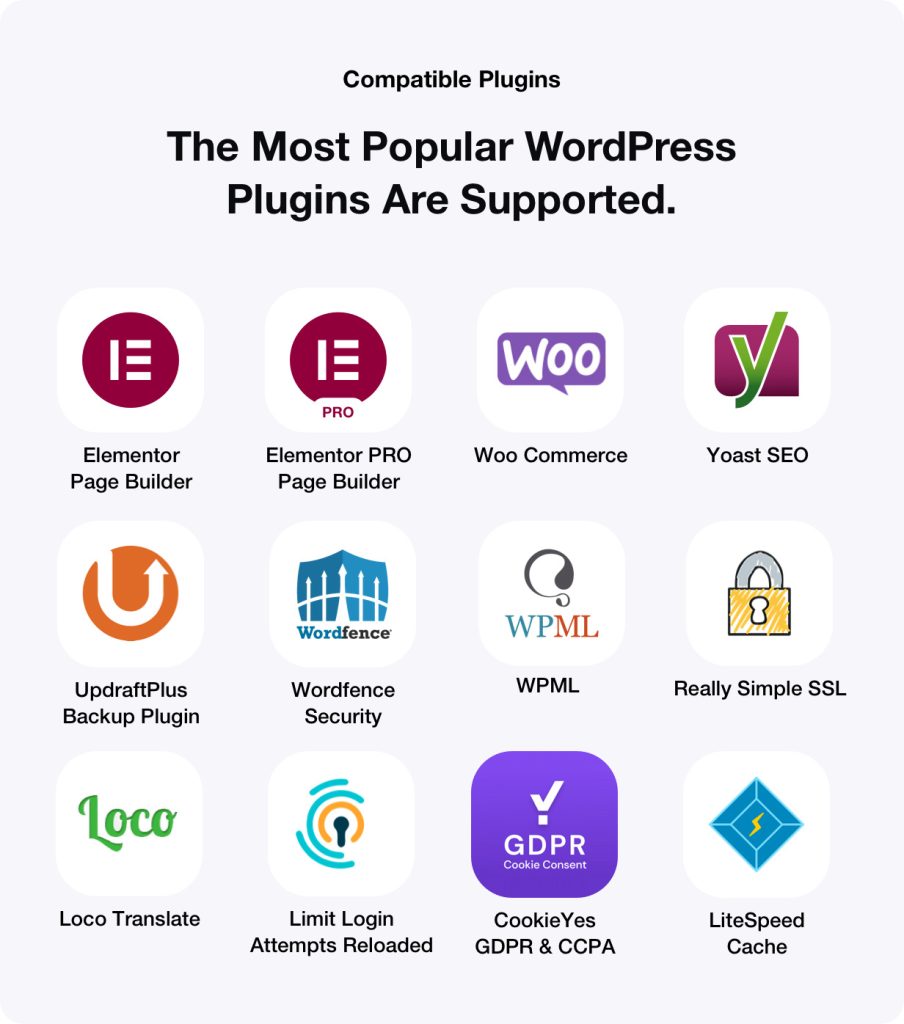The insurance industry, often perceived as traditional and resistant to change, is rapidly undergoing a transformation driven by the adoption of Artificial Intelligence (AI). As technology continues to advance, insurers are leveraging AI for automation, enhancing operational efficiency, improving customer service, and optimizing digital marketing strategies. This article will explore how AI, particularly through tools like TensorFlow by Google, is reshaping the insurance landscape and marketing efforts in this domain.
.
**Understanding AI in Insurance Automation**
In the context of insurance, AI refers to the use of sophisticated algorithms and data analytics to process information, predict outcomes, and streamline operations. Automation powered by AI can enhance various stages of the insurance lifecycle, from underwriting and claims processing to risk assessment and customer experience.
.
One of the most significant benefits of AI in insurance automation is the reduction of manual intervention in routine tasks. Insurers can automate repetitive processes, such as data entry and document verification, to free up human resources for more complex tasks. According to a report from McKinsey, AI could reduce operational costs in the insurance sector by up to 40%.
.
**Enhancing Underwriting with AI**
Underwriting is a critical component of insurance where accuracy and efficiency are paramount. Traditionally, underwriters relied on historical data and personal judgment to assess risks. However, AI models can analyze vast amounts of data in real-time, leading to more accurate risk assessments.
.
For instance, AI algorithms can consider various data points—such as social media activity, lifestyle choices, and IoT data—from potential policyholders to create a comprehensive risk profile. This leads to more informed decisions and can result in personalized insurance products tailored to individual needs.
.
Moreover, AI can help insurers identify potential frauds during the underwriting process by recognizing patterns that may indicate fraudulent behavior. For example, IBM Watson recently introduced AI capabilities that help insurers flag high-risk policies and detect fraudulent claims more efficiently, improving overall integrity in underwriting.
.
**Transforming Claims Processing with Automation**
Claims processing is another area where AI is making significant inroads. The traditional claims process can be slow and cumbersome, often leading to customer dissatisfaction. However, AI can expedite this process dramatically.
.
AI chatbots and virtual assistants can engage with customers in real time, providing instant responses to inquiries related to claims and coverage. This not only improves customer experience but also reduces the workload on human agents. According to a survey by Accenture, automated claims processing can reduce processing times by up to 70%, leading to faster resolutions and happier customers.
.
Additionally, AI can automatically assess damages through image recognition, eliminating the need for adjusters to visit the site physically. For example, some insurers use AI to analyze images of automobile damages submitted by policyholders, enabling quicker claim settlements. This technological advancement has become increasingly relevant, particularly in the wake of the COVID-19 pandemic, which has necessitated contactless services.
.
**AI for Digital Marketing in Insurance**
The digital landscape has transformed how insurers market their products, making AI an essential tool for effective digital marketing strategies. AI-driven analytics allow insurers to better understand customer behavior and preferences, enabling tailored marketing campaigns.
.
For instance, AI can segment customers based on demographics, behaviors, and purchasing patterns, allowing for personalized marketing approaches. Insurers can use this information to deliver targeted advertisements via social media, search engines, or email, significantly improving conversion rates.
.
Furthermore, AI-driven content generation tools can help insurers create relevant and engaging content for their target audience. By analyzing customer interactions, insurers can identify trending topics and create tailored content that addresses customer needs and interests, ultimately driving engagement.
.
Microsoft’s Advertising Insights platform is one example of how AI can refine digital marketing strategies in insurance. The platform uses machine learning algorithms to analyze consumer behavior and optimize advertising campaigns, increasing ROI for insurers.
.
**TensorFlow: A Catalyst for AI Solutions in Insurance**
TensorFlow, an open-source machine learning framework developed by Google, is a powerful tool widely used in the implementation of AI solutions across various industries, including insurance. The flexibility and scalability of TensorFlow make it ideal for building complex machine learning models tailored to unique business needs.
.
In the insurance sector, TensorFlow can be applied to create predictive models that forecast risk, assess customer lifetime value, and optimize pricing strategies. Its ability to process large datasets ensures that insurers can leverage real-time analytics for making informed decisions.
.
For example, Progressive Insurance uses TensorFlow to apply machine learning techniques in their pricing model, allowing them to analyze driving behaviors and environmental factors to offer competitive rates. The data-driven approach enhances the accuracy of their underwriting, helping them to stay ahead in a highly competitive market.
.
Moreover, TensorFlow facilitates the deployment of AI models across different platforms, from cloud to edge devices, providing insurers with the scalability needed to accommodate the growing amount of data generated in real-time, especially from IoT devices in telematics insurance.
.
**Industry Use Cases and Trends in AI Adoption**
The integration of AI into insurance processes is not just theoretical; there are numerous practical implementations that demonstrate its efficacy. Leading companies are increasingly adopting AI to stay competitive, enhance customer experiences, and drive operational efficiencies.
.
One compelling example is the partnership between Lemonade, an insurtech company, and AI technology. Lemonade employs AI-powered chatbots to handle everything from policy sign-ups to claims processing, offering real-time interactions and rapid claim settlements. Their model has transformed customer expectations in the insurance industry, setting a standard that competitors are now striving to meet.
.
Additionally, the trend towards AI adoption is significantly boosting the insurtech landscape. Startups are increasingly harnessing AI to offer innovative solutions, creating niches within the insurance market. For example, companies like Zego utilize AI algorithms and big data analytics to provide flexible insurance coverage for gig economy workers, such as couriers and drivers.
.
Moreover, the global pandemic has accelerated the digital transformation within insurance, with companies either venturing into or enhancing their AI capabilities. The growing emphasis on data privacy and secure handling of customer information is driving insurers to implement AI solutions that protect sensitive information while delivering personalized services.
.
**Conclusion: The Future of AI in Insurance**
The integration of AI in insurance automation and digital marketing is not just a trend; it represents a fundamental shift in how insurers operate and engage with customers. As technology continues to evolve, leveraging tools like TensorFlow will enable insurers to innovate and drive efficiencies that were previously unattainable.
.
The ability to analyze vast amounts of data in real-time, automate labor-intensive processes, and create personalized customer experiences puts insurers that embrace AI at a significant advantage. The potential for improved risk management, faster claims processing, and targeted digital marketing strategies will redefine the insurance landscape in the coming years.
.
In conclusion, the future of insurance is bright with AI, promising enhanced operational efficiency and improved customer experiences that can transform consumer expectations and industry standards alike. As social and technological paradigms shift, those who adapt will thrive, while others may struggle to keep pace in this new digital age.
.
*Sources:*
1. McKinsey & Company: “The future of insurance.”
2. Accenture: “How AI can improve the insurance claims process.”
3. IBM: “AI for insurance underwriting – a game-changer for the industry.”
4. Microsoft: “Advertising insights powered by AI.”
5. Lemonade: “Insurtech’s AI-driven approach.”
6. Zego: “Insurance solutions for the gig economy.”
